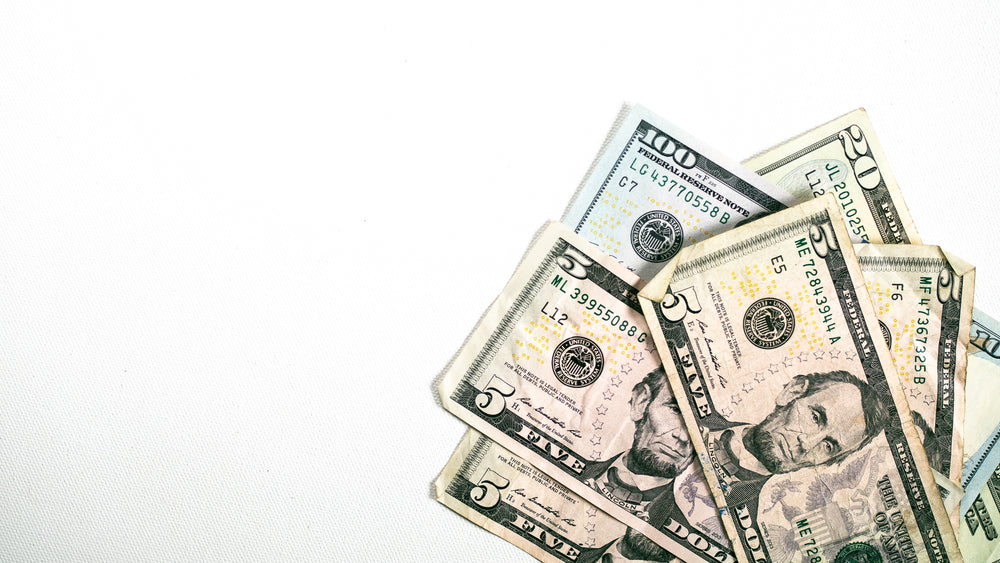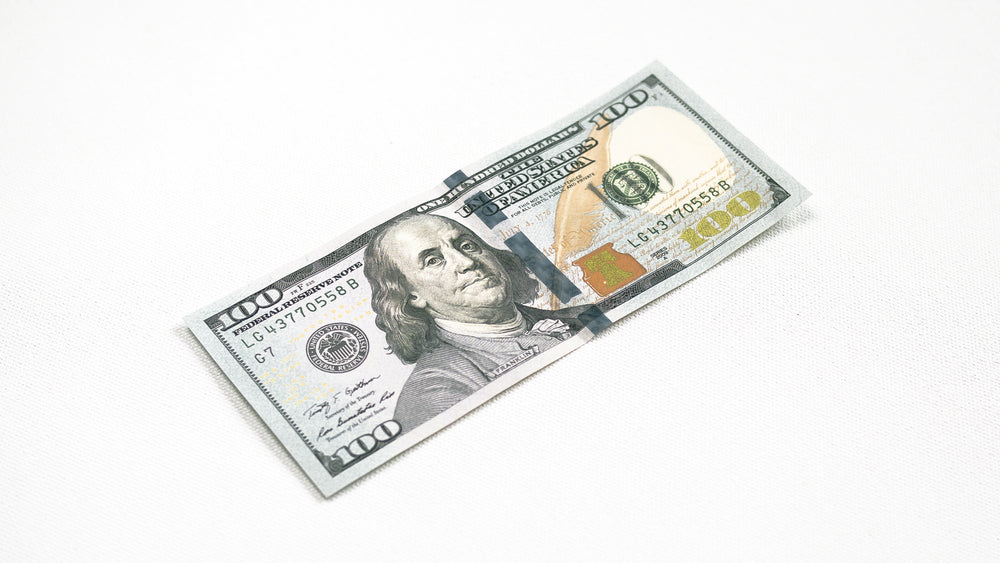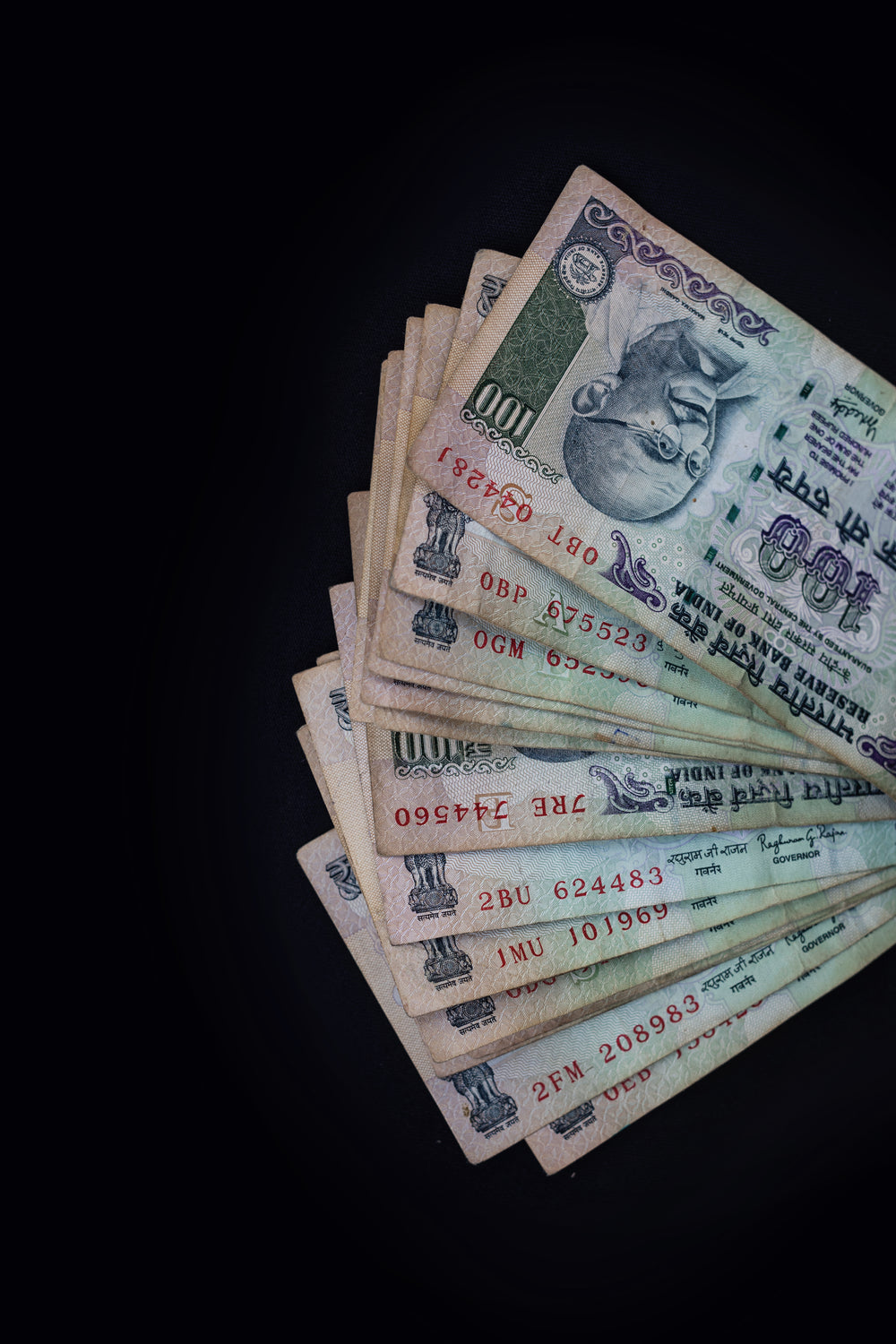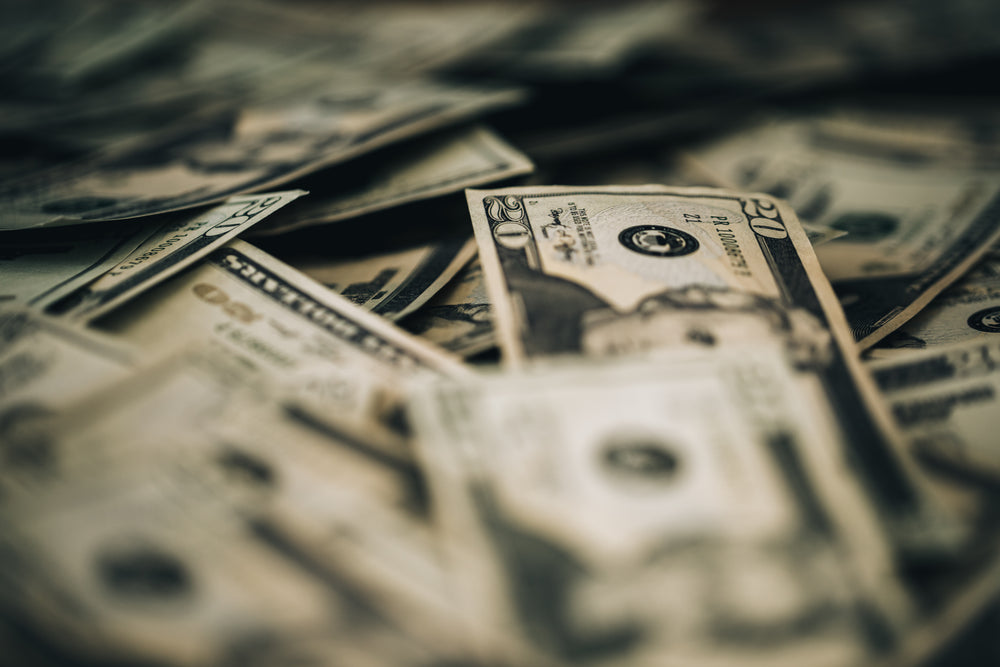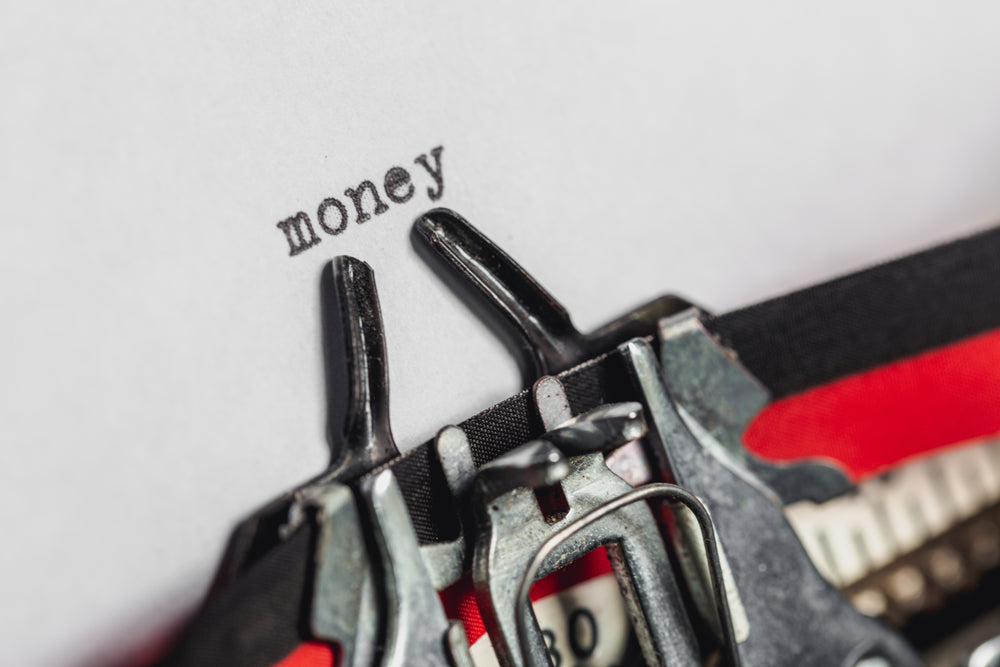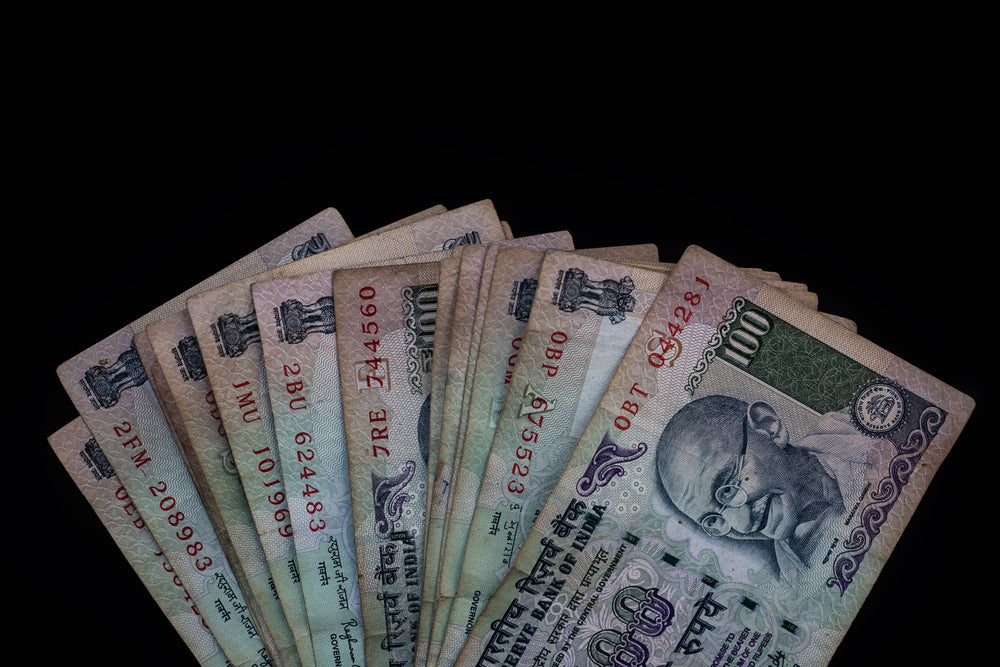Money images
Whether it’s fat stacks of cash, a money tree blooming on a countryside or dollar sign bags being carried by a cartoon real-estate tycoon - with our rich collection of money images, there’s no end to the creative ways to play with this iconic symbol.
Trending business ideas
Choose from over 20 online business ideas that are particularly popular this year. Each in-depth case study includes supplier info, marketing tips, business model insights and free high-resolution images for your store and marketing campaigns. Case studies are updated regularly, so check back often or subscribe for updates to stay on trend!
Free, High-resolution images of money, cash and coins
Money and finance as a symbol
Money can mean a lot of things to a lot of different people. For entrepreneurs and business-owners - cash can be a symbol of wealth, prosperity and success, as well as a symbol of stability. For an artist or activist - bags of money can be used to represent the greed and excess of big business. Whatever your project - our rich collection of high-resolution images of piggy banks, coins and paper money can be a great way to visually complement your copy and let readers connect with your project on a visceral level.
Money in Financial Writing
When money is used in financial writing, it can give your readers a sense of what they can do by using efficient planning and precise execution of their finances. Money doesn’t just represent itself physically, but is also representative of the imagined effects of wealth and the rich, stable life that good financial planning can bring.
A stunning photograph of a bag of cash or a stack of coins - for example - can have the effect of giving your reader a physical connection to the copy and help boost their level of excitement at the prospect of stability. It doesn’t just represent what good business-sense can bring, but the imagined effects of wealth and the rich, stable life that good financial planning can provide. It gives your readers a physical connection to the message of your writing and motivates them to read on. This makes our rich collection of images great for financial and business writing.
Cash and Currency as an Artistic Symbol
Despite this - money isn’t a symbol of good to everybody. Artists have historically used symbols of money to critique the greed and excess of big business. This makes our image-set very versatile. Our images are 100% free and editable - so put in another context, you could say something completely different about money.
Artists have also been known to use images of money as symbols for critiques of the obsession with wealth that’s so prevalent in society. Andy Warhol - one of the most famous figures of the pop art movement - often used the iconography of money, dollar bills, dollar signs, and images of currency in his works. In fact - one his most famous pieces of art that used the imagery of currency, “200 one dollar bills” was sold for $43.8 million in 2009.
And in recent years, the financialisation of the global economy has inspired an increase in art that uses money as an object of artistic expression. Uses range from the integration of the physical form of money (such as coins, bills and credit cards) into aesthetic works to sculptures, paintings, and even representative performance. There’s even been artists who’ve occupied themselves with the more concrete themes such as debt, economics, and the dynamics of the art market.
Your photo is downloading now…
Get first access to free photos and other Burst content. Unsubscribe anytime.
Get first access to free photos and other Burst content. Unsubscribe anytime.
